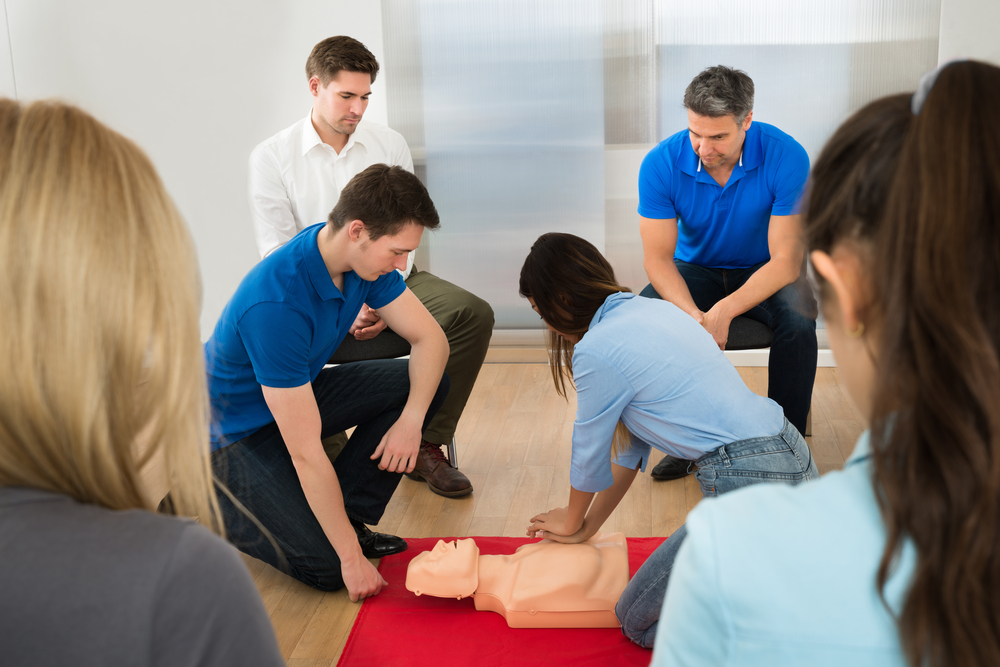
With heroin and cocaine across the country now being mixed with powerful opioids including fentanyl and carfentanil, family members and first responders may begin turning back to old fashioned CPR as normally successful overdose kits are rendered ineffective with these substances.
Although a single dose of naloxone can often reverse the effects of an opioid overdose, Akron Police Lieutenant Rick Edwards told VICE that his officers are “giving four to eight doses of [naloxone] just to get a response.” Over the border in Canada, the British Columbia Ambulance Service has also reported that local paramedics are using more naloxone.
When naloxone doesn’t work, the results can be tragic since overdose victims can die from oxygen deprivation. British Columbia’s chief coroner reported a 75% increase in drug overdose deaths this year. Many Canadian public health organizations are now beginning to encourage incorporating rescue breathing and CPR in addition to naloxone as part of an overall plan during overdoses.
However, the practice is less common stateside. Dr. Sharon Stancliff, medical director of the New York-based Harm Reduction Coalition, said that while people who know CPR are encouraged to use it, New York City doesn’t train people in it because it might “clutter the naloxone training and confuse people.” Akron District Fire Chief Joseph Natko also noted that bystanders “often don’t want to get involved” in overdose cases and many don’t want to perform rescue breathing, even though every naloxone kit has a face mask.
Chest compressions are now being seen as a middle ground because it’s a less intrusive act than rescue breathing and still provides the same benefits by drawing air into the lungs. Dr. Christian Vaillancourt, Ottawa Research Chair in Emergency Cardiac Resuscitation, also noted that chest compressions are easier to perform than rescue breathing.
In Toronto’s take-home naloxone program, chest compressions is step four in the five-step “How to Save A Life” training manual that the city provides. The city’s Public Health manager Shaun Hopkins noted that in 45% of overdose cases involving naloxone, those administering the drug also start CPR procedures.
Although naloxone should be viewed as a critical line of defense, many health officials see incorporating CPR procedures, or at the very least knowing how to perform them, as an extra weapon in fighting the ongoing opioid epidemic.
“When the heart stops, chest compressions are the only reasonable chance of survival,” said Toronto emergency doctor Aaron Orkin.